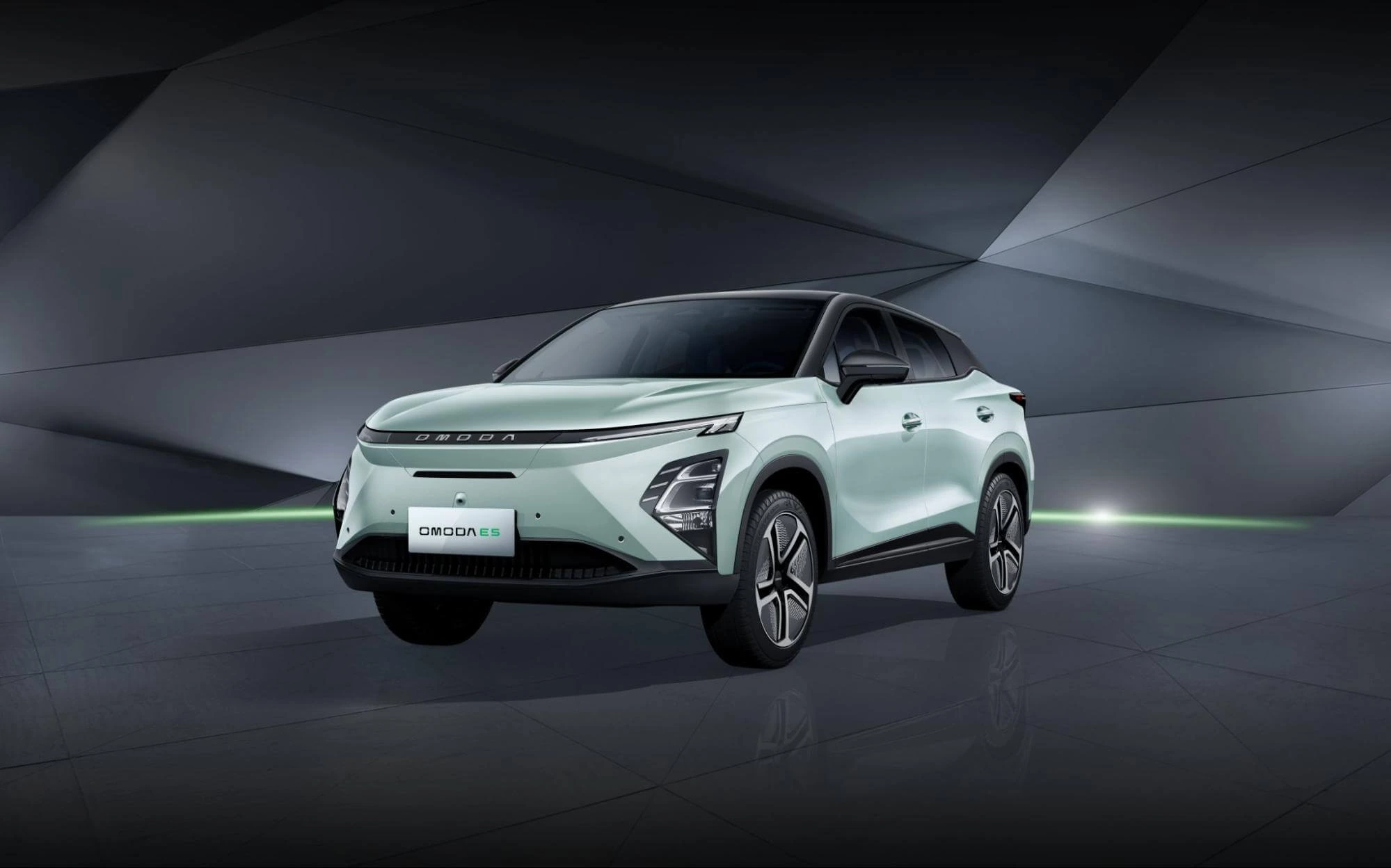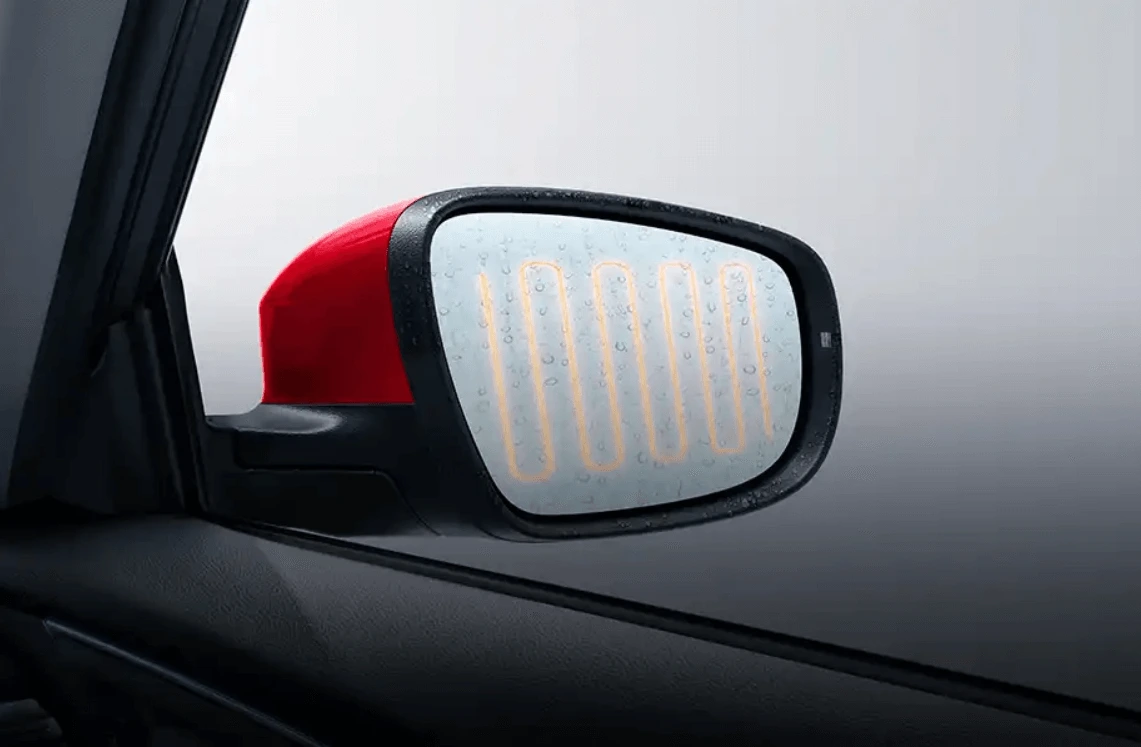
List of Electric Car Terms for New Users
In recent years, the growth of electric cars in Indonesia has surged significantly. Based on sales data, the number of electric vehicles sold jumped from around 10,000 units in 2022 to over 43,000 units in 2024, with a cumulative total exceeding 68,000 units as of August 2024. This number is projected to keep rising, nearing 100,000 units by 2025.
This rapid increase is driven by several factors, from government support through EV subsidies and incentives, the entry of various new brands, to Indonesia’s potential as a global battery producer thanks to its rich nickel resources.
However, behind this fast growth, many new users still feel confused by the wide range of electric car terms commonly found in brochures or discussions, such as EV, BEV, or SoC. Through this article, we’ll help you understand the key terms in the world of electric vehicles, making it easier to follow the latest developments in EV technology, features, and trends in Indonesia.
Why It’s Important to Understand Electric Car Terms?
By understanding the common electric car terms found in dealer brochures or official websites, new users can easily interpret every EV specification. You won’t be confused when seeing range figures, battery capacity, or advanced safety features.
Moreover, this knowledge helps you choose the right electric vehicle for your needs whether for daily urban commutes or off-road adventures for modern urban explorers. By understanding terms like WLTP, kWh, or ADAS, you’ll also gain deeper insight into the technologies that enhance driving safety.
Essential Electric Car Terms You Need to Know
For new users, here’s a list of electric car terms that often appear in brochures:
1. EV (Electric Vehicle)
EV is a general term for electric vehicles, which includes several categories such as BEV, HEV, PHEV, and FCEV. So, when you hear the term “EV,” remember that not all are the same. Some are fully electric, while others still combine an electric motor with a gasoline engine.
2. BEV (Battery Electric Vehicle)
BEV refers to a fully electric vehicle powered solely by batteries, without any gasoline engine. Battery types vary, one of the most stable and durable types is the LFP (Lithium Iron Phosphate) battery, used in several Chery electric models.
Examples of BEVs include the Chery E5, an electric SUV offering up to 430 km of range (WLTP), and the Chery J6, available in both RWD and iWD configurations for various road conditions.
3. HEV (Hybrid Electric Vehicle)
HEV combines a gasoline engine with an electric motor. It’s a popular choice for those transitioning gradually from conventional to fully electric vehicles. HEVs are more fuel-efficient but cannot be recharged externally.
Chery’s HEV lineup, such as the Tiggo 8 CSH and the newly launched Tiggo 9 CSH introduced at GIIAS 2025, showcases modern hybrid technology that delivers both responsive performance and fuel efficiency, ideal for urban driving or long trips.
4. PHEV (Plug-in Hybrid Electric Vehicle)
PHEV is a more advanced hybrid since its battery can be charged externally. This means you can drive a certain distance using electric power before switching to gasoline when the battery is depleted.
5. FCEV (Fuel Cell Electric Vehicle)
Unlike BEV or PHEV, FCEV uses hydrogen as fuel to generate electricity. This technology is more common abroad, as Indonesia’s hydrogen infrastructure remains limited.
6. SoC (State of Charge)
SoC indicates the remaining battery capacity, it is similar to the battery icon on your smartphone. Related terms include overcharging (excessive charging) and overheating (battery overheating). To prevent these issues, modern EVs feature Battery Management Systems (BMS) and Thermal Management Systems, which automatically protect the battery and extend its lifespan.
7. WLTP & NEDC Range
These are standardized methods for measuring EV range. WLTP (Worldwide Harmonized Light Vehicles Test Procedure) provides more realistic results closer to real-world driving, while NEDC (New European Driving Cycle) tends to produce higher range figures. So, if you see an EV brochure claiming 430 km WLTP, that number is typically a more accurate estimate of the vehicle’s true range.
8. kWh (Kilowatt-hour)
This unit measures battery capacity. The higher the kWh, the longer the driving range, though higher capacity also means longer charging times.
Over time, batteries naturally experience degradation meaning their performance slightly decreases with use. While still safe to drive, range may gradually decline. That’s why easy access to battery spare parts should be a key consideration.
9. MPGe (Miles Per Gallon Equivalent)
MPGe compares the efficiency of an electric car with that of a gasoline-powered vehicle. In other words, it helps potential buyers understand how economical an EV is if measured in traditional fuel consumption terms.
10. tCO₂e (Ton Carbon Emission Equivalent)
This term represents the amount of carbon emissions reduced through the use of electric vehicles. The lower the tCO₂e, the smaller the vehicle’s environmental impact.
For instance, using an electric car for daily city commuting can reduce several tons of carbon emissions per year compared to conventional gasoline cars meaning every kilometer driven with an EV contributes to reducing the nation’s carbon footprint.
11. Regenerative Braking
Regenerative braking is an advanced system that converts wasted kinetic energy during braking into electrical energy to recharge the battery. This process improves efficiency and helps extend the vehicle’s range.
For example, when the driver slows down on a descent or in traffic, the system automatically channels some of that energy back into the battery which allows the EV to recover energy without external charging.
12. Fast Charging & Slow Charging
There are two main types of charging: AC Charging (Slow Charging) and DC Charging (Fast Charging). AC charging uses alternating current, it’s typically installed for home charging. DC charging uses direct current with high voltage, usually available at public charging stations, and can recharge up to 80% of the battery in just a few dozen minutes.
13. V2L (Vehicle to Load)
V2L is a trending feature that allows electric cars to function as a “giant power bank” for external devices. For example, you can power an electric stove or charge a laptop while camping. This feature is available in Chery E5 and Chery J6 electric SUVs, making them even more versatile and functional.
14. ADAS (Advanced Driver Assistance Systems)
ADAS refers to a suite of intelligent safety technologies that assist the driver while driving. Examples include Adaptive Cruise Control, Lane Keeping Assist, and Blind Spot Monitoring. In Chery’s electric SUV lineup, the J6 comes with 14 ADAS features, while the E5 is equipped with 17 ADAS systems, making it one of the most advanced in its class.
15. TKDN (Local Content Requirement)
Lastly, TKDN (Tingkat Komponen Dalam Negeri) is a mandatory local content requirement for EVs to qualify for government subsidies. Currently, Chery’s electric SUVs have achieved a 40% TKDN rating, making them eligible for Indonesia’s EV incentive programs.
Tips for New Electric Car Users
Driving an EV feels different from driving a conventional car. Most systems from air conditioning to driving mode selection are operated through a touchscreen, requiring some adjustment to digital features.
When choosing your first EV, consider your driving needs. If you need a powerful electric SUV for off-road activities, the Chery J6 is a great option. Meanwhile, for efficient daily commuting, the Chery E5 is the perfect choice.
In short, understanding electric car terminology isn’t just about knowing technical terms, it’s the key to a smarter, safer, and more enjoyable driving experience. For those seeking an electric SUV that matches your lifestyle, Chery E5 and Chery J6 offer the perfect blend of modern design, futuristic features, and strong performance ready to accompany your daily drives and long-distance journeys. Book your test drive today at the nearest dealer!






